From minor scrapes to unfortunate injuries to other circumstances, we’ve all had to deal with blood getting onto our clothes. So, if blood has gotten onto your clothing, we’ll teach you how to remove both new and old stains from various types of fabrics.
How Blood Stains Fabrics
Human blood consists of several different elements, including hemoglobin and other coagulating agents. These agents bond with whatever they touch when exposed to air. This is what stops blood from flowing out of an open wound, but it’s also what causes blood to bond to fibers. Additional proteins and iron in the blood can also adhere to carbon molecules—potentially making staining even worse. So, it’s essentially an intrinsic and literally vital aspect of blood that it’s difficult to expunge. What? Will these handkerchiefs ne’er be clean?
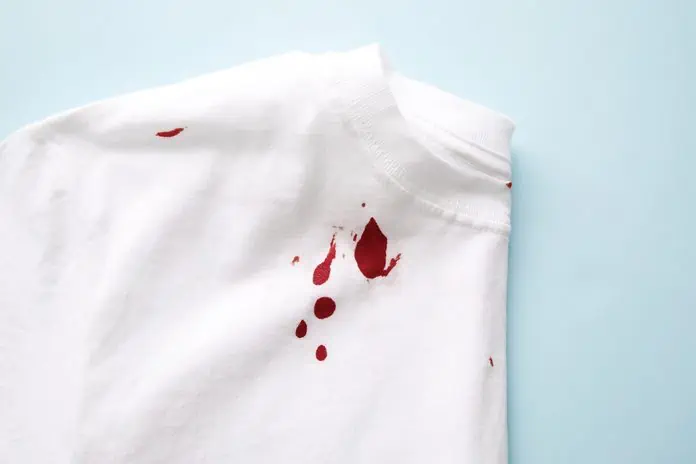
Blood Stain Removal
Before we jump in, we do have a couple of disclaimers for you. First, blood is technically a biohazardous material, so use common sense in how you clean up and interact with any blood stains that you might encounter.
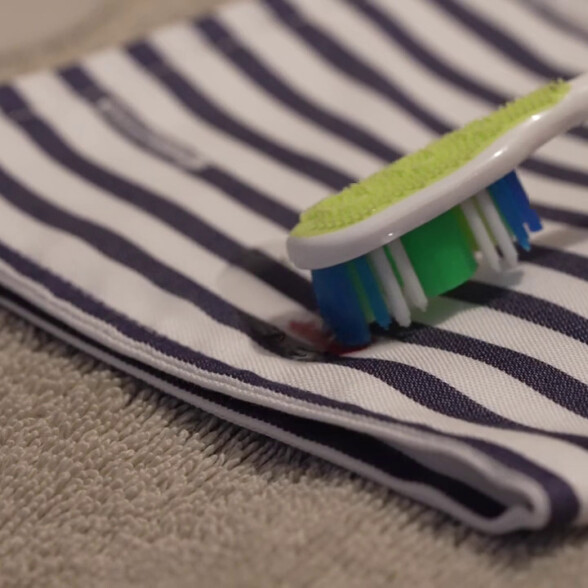
There are reliable
Home Remedies
Because they are so notoriously difficult to clean, there are a great many home remedies out there for how to remove blood stains.
Today, though, we’re employing a graduated approach that ramps up the intensity of the cleaning regimen consistent with how difficult or severe the blood stain would be to remove.
We’ll start with small, fresh stains and work our way up to large and dried-in stains. So, you can use the chapter selection feature to choose the type of blood stain that you’re trying to clean, and, as always, if you’re worried that one of our stain removal techniques might damage your fabric, you can test the technique on a hidden portion of the fabric first.
Finally, you might notice that most of the stained areas we’re trying to clean today are on the small side.
How to Pretreat Fresh Blood Stains
We’ll start today with how to pre-treat fresh blood stains. Well begun is half done. So, if you notice that you’ve stained something with blood, take these steps to mitigate it immediately, and it will make the eventual full cleanup process that much easier.
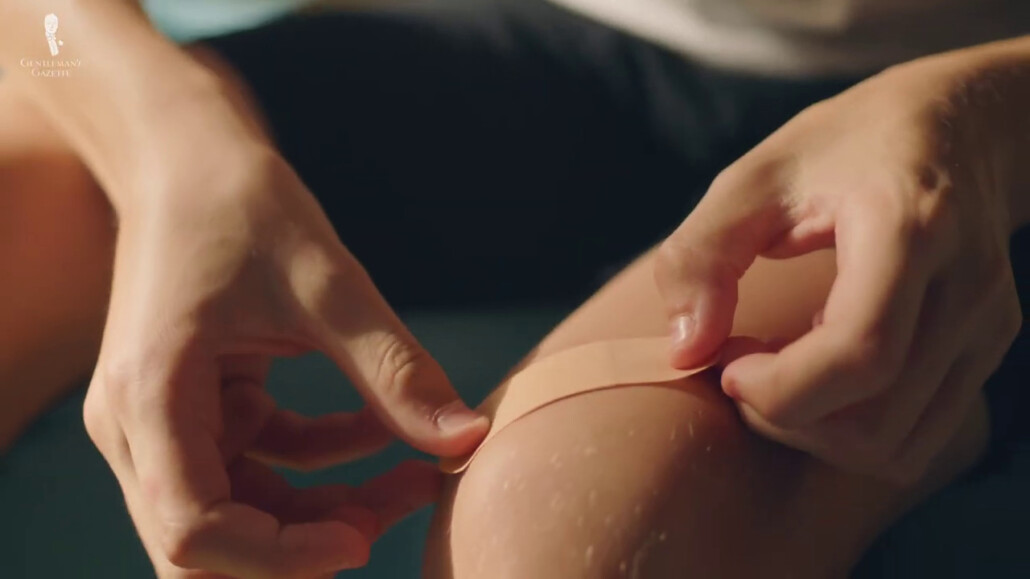
Obviously, if you’re actively bleeding, stanch the blood flow first and treat your injury—both to make sure that you don’t have to clean up more blood when you’re trying to get the stain out and to make sure that you don’t pass out.
Next, if possible, it’s a good idea to remove the stained article of clothing from your body first. Dab away any excess blood with a clean paper towel and then flush the stain using cool or cold water from behind. This can be done at a faucet for hardier fabrics like cotton or linen, but you may want to drip water onto more delicate fabrics that require spot cleaning using a sponge or a damp rag.
Some people online have stated that club soda or mineral water work best for this application, but in our testing, we haven’t really noticed much of a difference. Your mileage may vary, though.
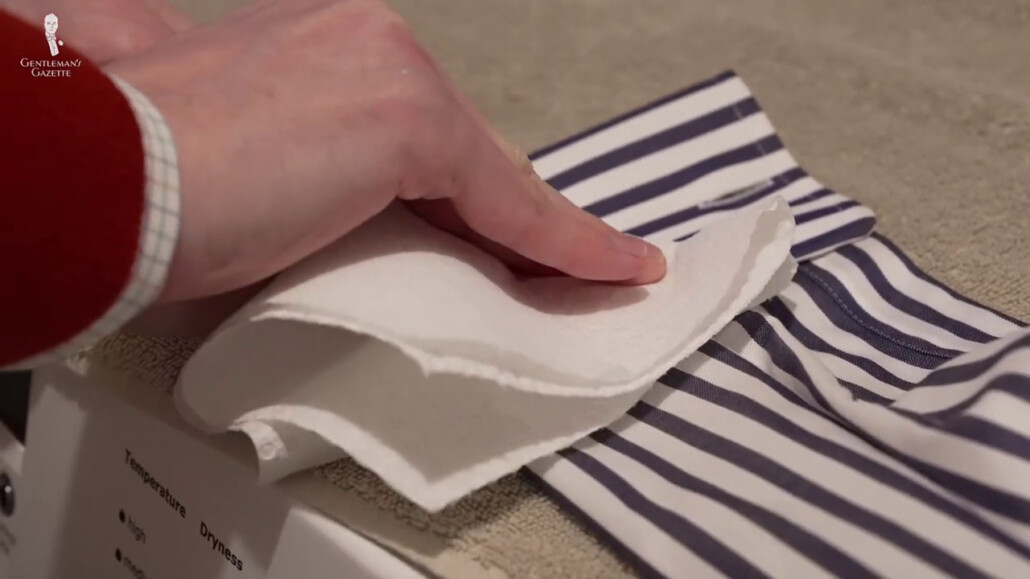
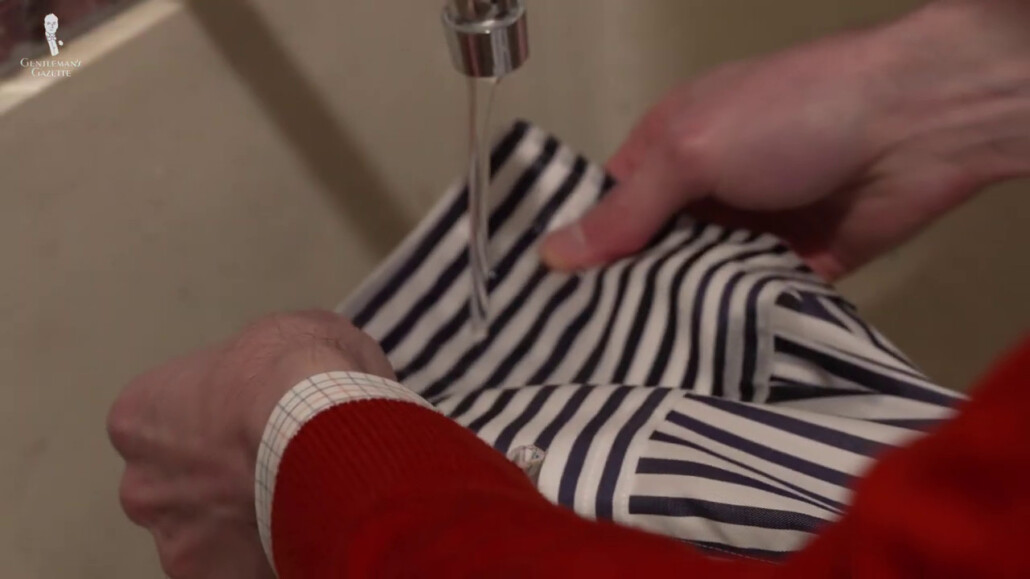
One important note here: When flushing the stain, don’t use hot water. Even warm water can partially cook proteins in the blood, essentially baking the stain into the fabric.
Once blood stops flushing from the stain, if you’re able to continue with a fuller cleaning process, do so now. If not, though—for instance, if you’re away from home—simply blot the wet area dry with a paper towel or clean cloth; and of course, avoid rubbing or scrubbing as you could work the stain deeper into the fabric.
Phase I: Removing Small or Recent Stains
Next, we’ll get into our first full cleaning process, which is about removing small or recent blood stains.
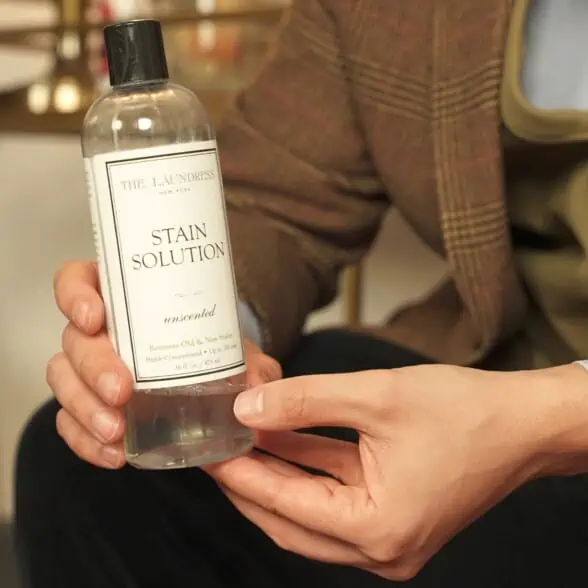
You’ll Need Laundry Detergent
Appropriate for the fabric
First, you’ll need a detergent or cleaning agent appropriate for the type of fabric you’re trying to clean, like The Laundress Delicate Wash for delicate fabrics like silk or Leather Therapy for leather, and as always, these product recommendations are not sponsored.
Fortunately, here, most laundry detergents are formulated to tackle organic stains like blood, but if you want specific brand names, things like Tide or Persil would be good places to start. Unless this conflicts with the cleaning product’s instructions, it’s best to apply the product directly to the stain, using a bit of water to activate it.
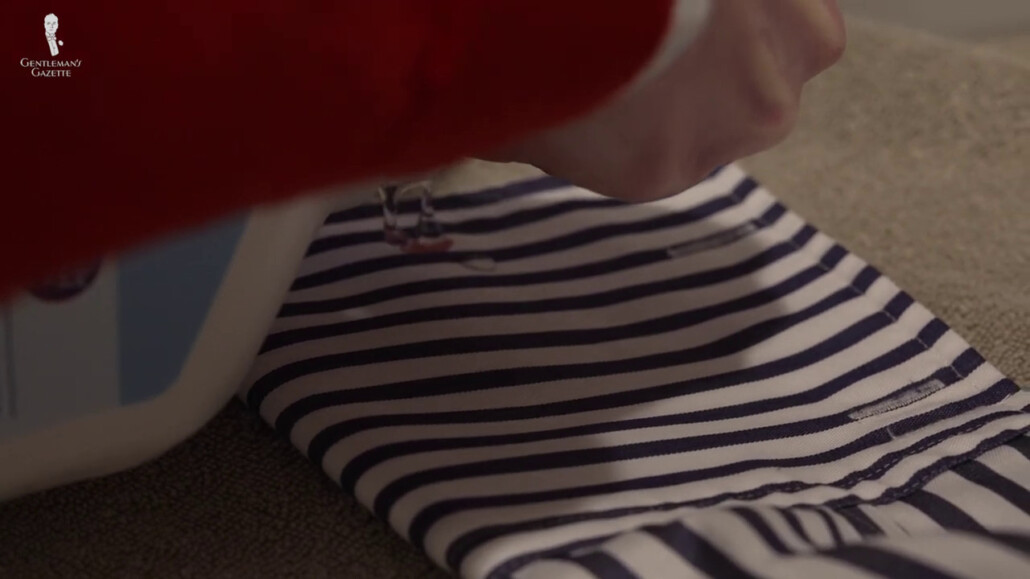
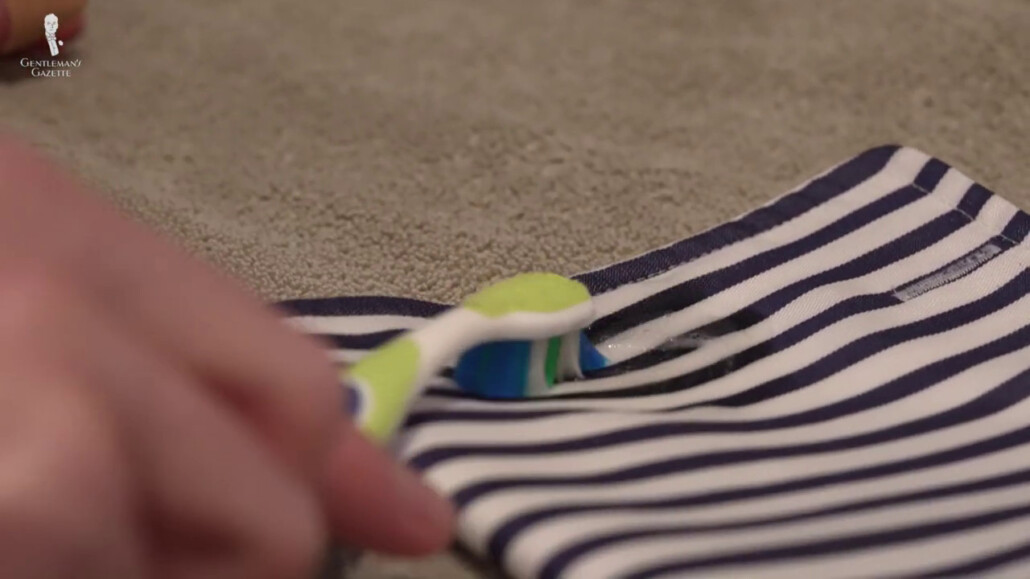
Next, using your fingers, a brush, or the fabric itself, work the detergent gently but deeply into the fabric. For delicate or knitted fibers like wool, you might be able to do this using a soft brush, but if you don’t want to risk bruising or peeling these fibers, you might prefer to simply soak the garment instead; and on that note, you can learn more about properly caring for knits and sweaters in our full guide.
Wool Sweater Maintenance
After working in the detergent, let the garment sit for 15 to 30 minutes, depending on the severity of the stain. If the stain appears to be gone or greatly reduced, you can rinse the fabric and then wash it according to the garment tag’s instructions. But don’t put it in the dryer until you’re sure that the stain is gone, as the heat from a dryer can definitely cook a blood stain. If the stain doesn’t appear to be gone after going through these steps, it’s time for a more targeted approach.
Phase II: Medium Removal Difficulty and Older Stains
This process will work best for stains in white or neutral fabrics, where they tend to be seen even more easily, stains of medium size, and stains that have been around for a while.
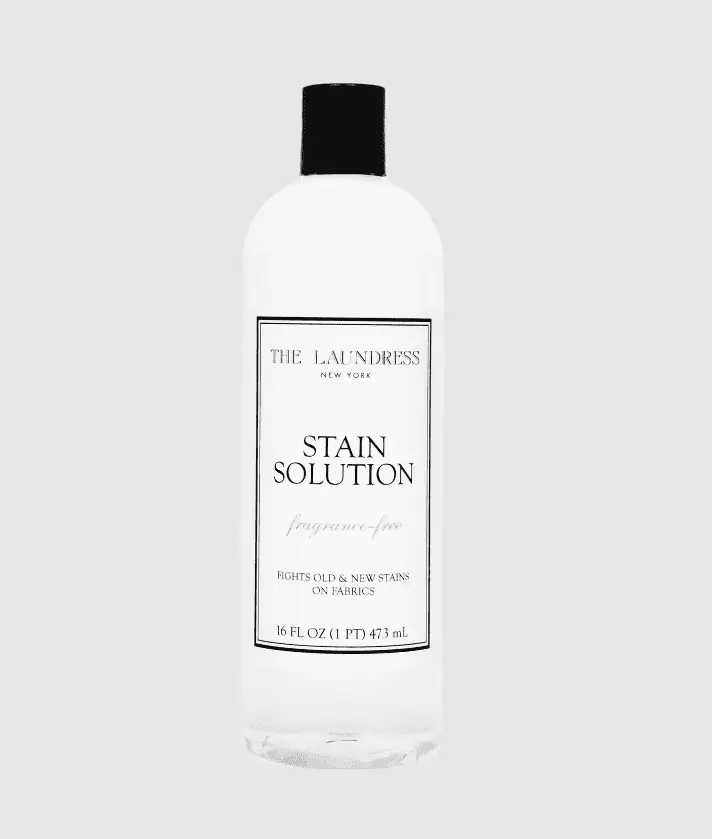
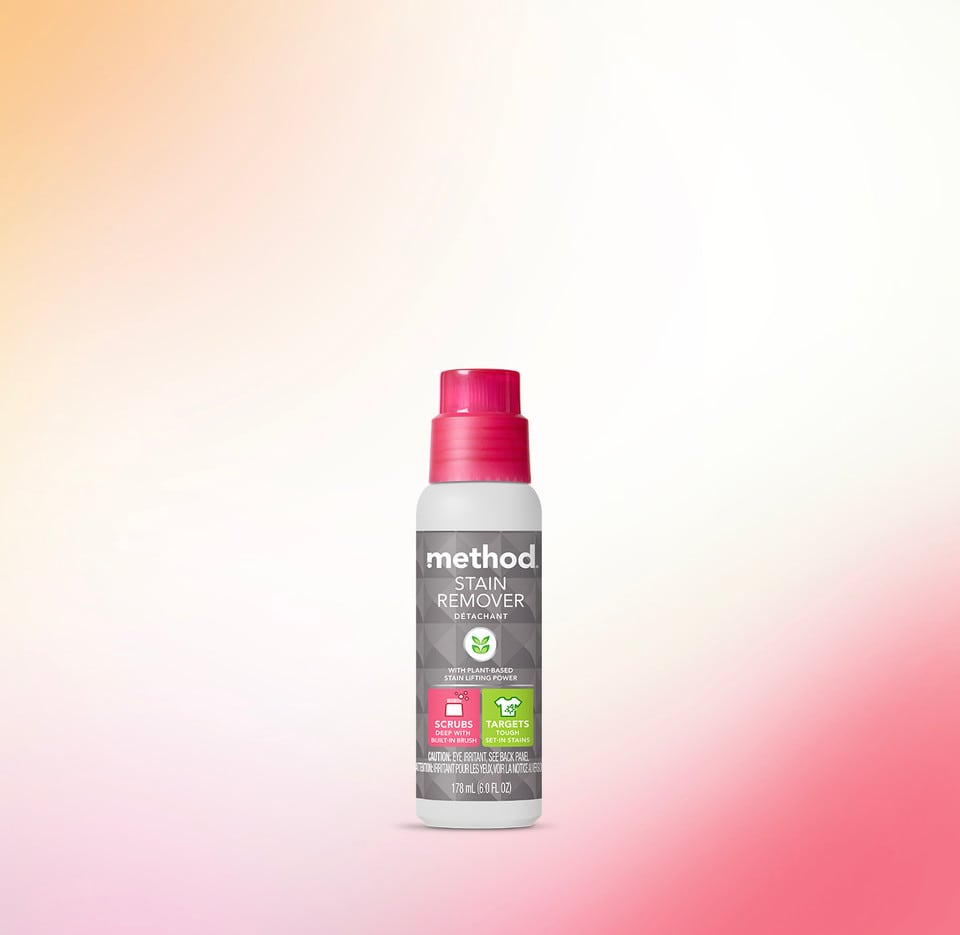
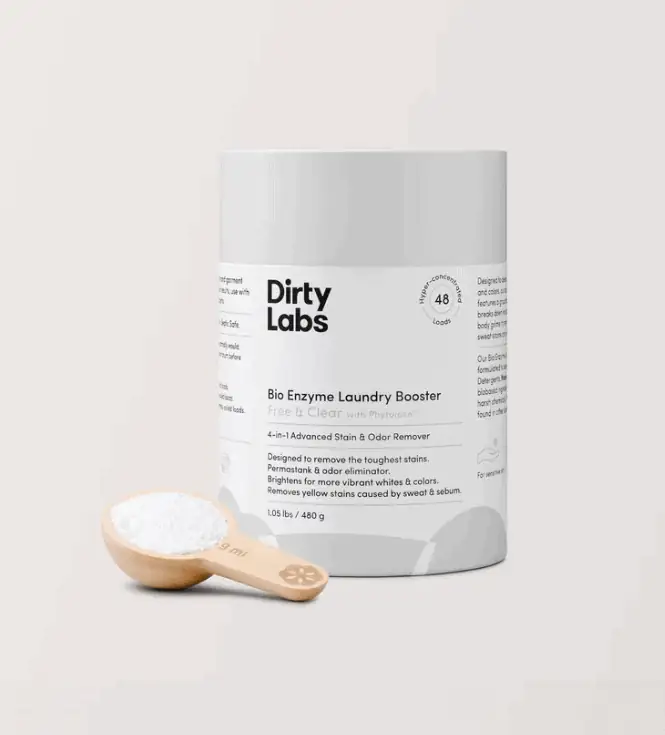
To release these stains, we need to remove the chemical elements that are bonding the blood to the fabrics, so we’ll have to use specialty cleaners with enzymes in order to do this. We recommend trying products like The Laundress Stain Solution, Method Stain Remover, or Dirty Labs Bio Enzyme Booster. Follow the instructions you find on the label for each of these products, and while most of them should be safe for spot cleaning even delicate fabrics, it’s also best to read garment tags if you have them to see how they correspond to these cleaners.
If you don’t have access to any of these specialty cleaners, you can also create a comparable solution at home using hydrogen peroxide, but be aware that this process won’t be suitable for delicate fabrics and is more likely to discolor darker fabrics, so proceed with caution here.
First, apply a thin coat of hydrogen peroxide directly to the stain and then let it sit for about 10 minutes. Then, dab away excess liquid to lift away the stain. Repeat this process until the stain is gone or until blood stops releasing from the fabric.
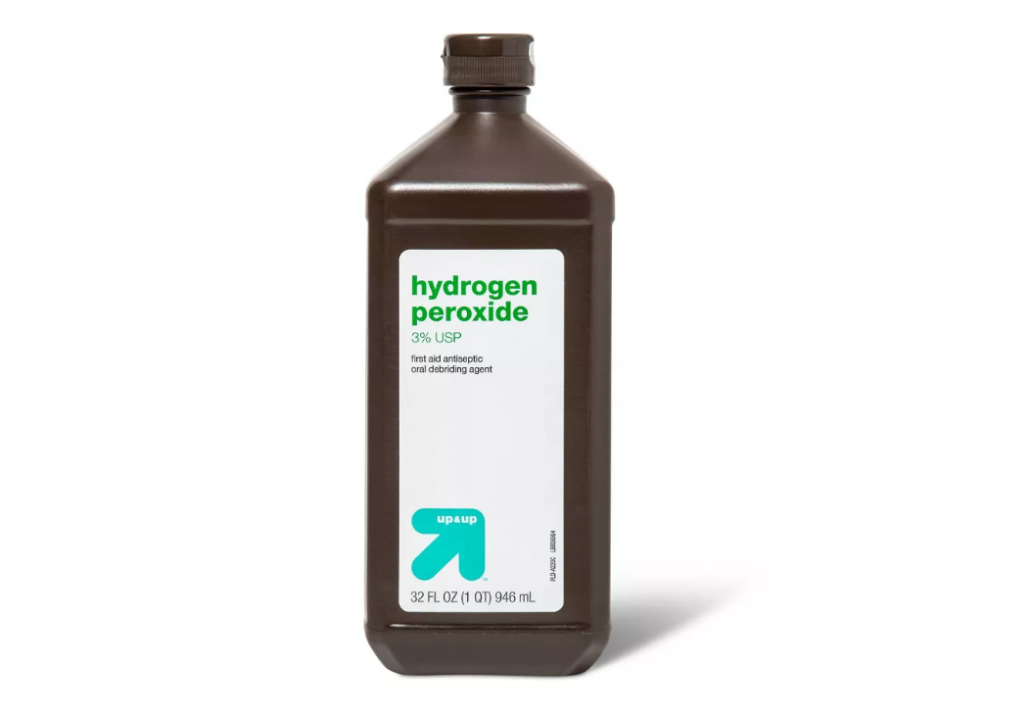
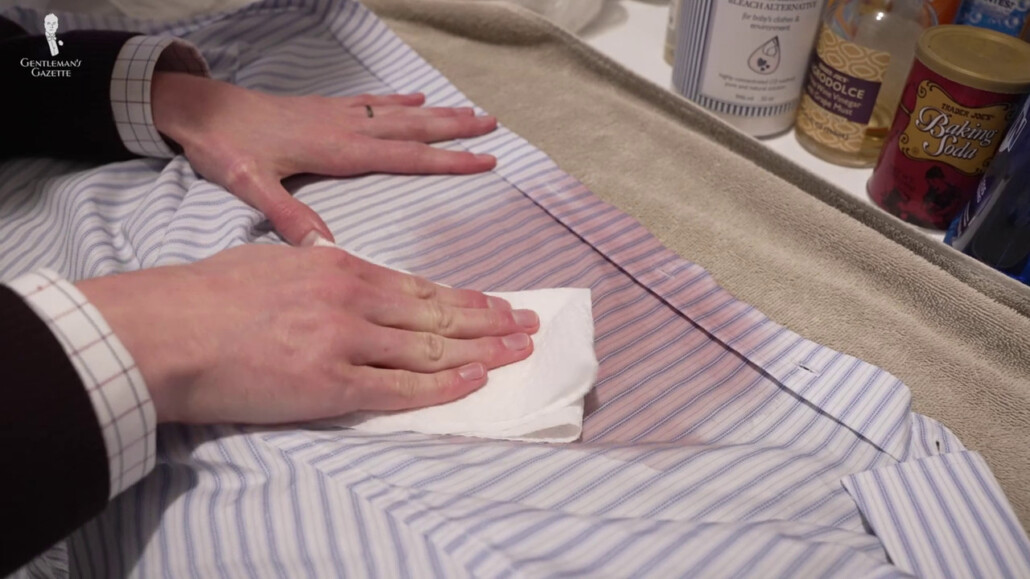
Now, if your blood stain is still persisting, we’re entering Lady McBeth territory, and we’re going to have to take more drastic measures.
Phase III: Large or Dried & Set-In Stains
This brings us to our third cleaning process for large or set-in and dried stains. This final method, which is designed to tackle thoroughly dried stains or just very big ones, is designed to tackle both the chemical compounds that bind the blood and to the fabric while also very slightly bleaching the fabric at the same time. This, then, is a heavier-duty procedure that may not be ideal for all fabric types. So, if you’re worried about ruining a delicate fabric, it might be a good idea to simply take it to the dry cleaner for professional cleaning before attempting this process yourself.
Dry Cleaning 101
To begin here, old blood stains will often exude a crust over the stain, so if you see this crust, it’s best to scrape it off with a dull knife. Next, soak the garment in a diluted bath of oxygen bleach or bleach alternative. We suggest trying OxiClean, ECOS Oxo Bright, or The Laundress All-Purpose Bleach Alternative. Follow the instructions on each of these products, and make sure that you’re not using conventional chlorine bleach. This might further interact chemically with the blood stain and actually make it worse. And if you don’t have access to these cleaners, you can again make an at-home substitute.
Do note that this one might damage your clothes, though, so if at all possible, we do recommend buying a dedicated product first.
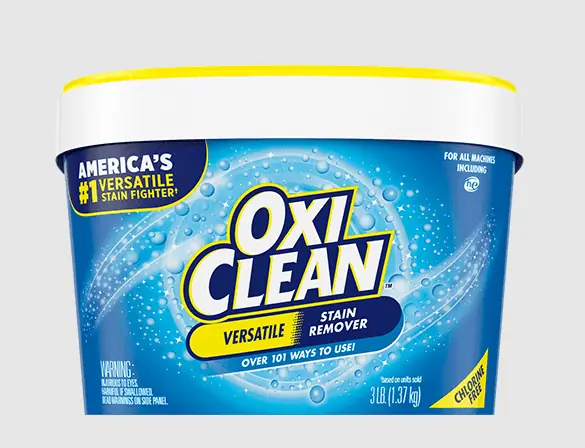
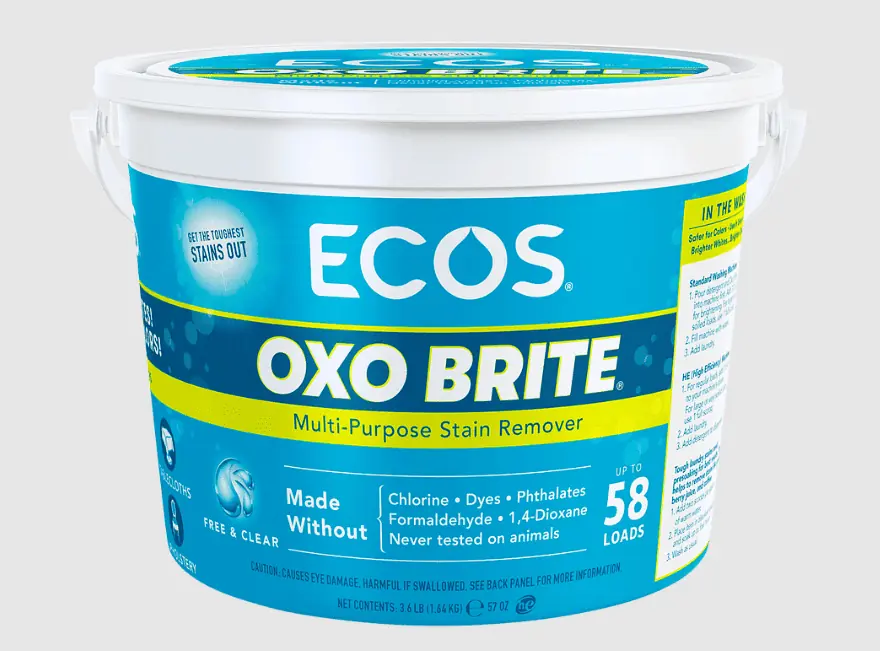
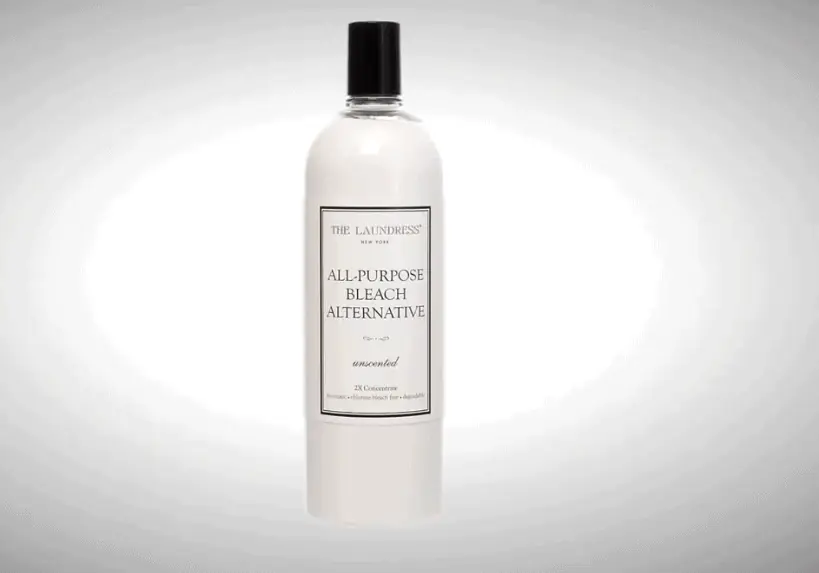
If that’s not possible though, you can take one tablespoon of household ammonia and dilute it in ½ cup of water. Then, apply this solution to the stain and let it sit for 15 to 30 minutes. Hand wash the garment until the ammonia smell dissipates, and repeat this process until the stain is gone or no longer responding to treatment.
Keep in mind also that if you’re confident that the fabric can stand up to this, you can also combine some of the treatments we’ve outlined today. For instance, using the soaking method we outlined in the third process and then following it up with the second process. But, if you’ve tried all of our processes and the blood stains are still present, then it is probably time to go to the dry cleaner to seek professional help in getting out of that damaged spot.
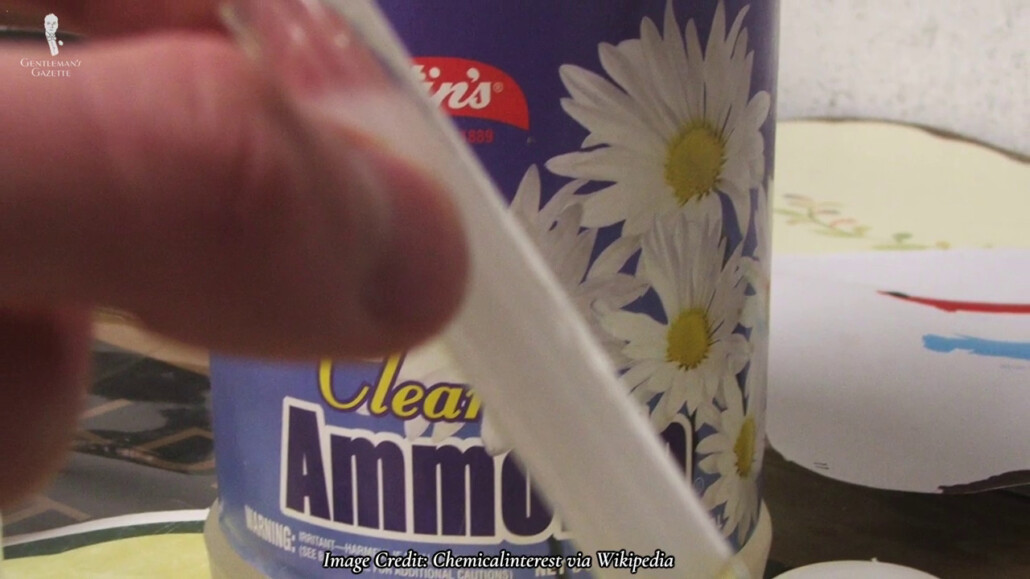
Conclusion
In conclusion, then, blood stains can be an annoying hassle, but with all of the steps outlined here today, we hope that the next time you have to remove one, it shouldn’t be too bloody difficult.
Outfit Rundown
Today, I’m wearing a somewhat casual outfit, good for spending time around the house and perhaps doing some stain removal. The central element is my V-neck sweater from Hawes & Curtis in what other color but blood orange. I’m wearing it over a French-cuffed shirt from Charles Tyrwhitt, featuring a microgrid pattern in orange, green, purple, and blue on a white ground; and while the shirt does have French cuffs, I’ve got them configured in a barrel-style with some simple black links to fit better under the sweater sleeves.
My trousers are plain brown, though they do feature a reddish undertone, which harmonizes well with the sweater. My shoes are medium brown, unstructured, suede loafers from Velasca. My socks from Fort Belvedere are also in medium brown, and they feature clocks in green and cream.
Finally, the fragrance I’m wearing today is from the Roberto Ugolini collection. It’s Diciassette Rosso or 17 Rosso. It comes in a red bottle that seemed to fit the theme of today’s look, and I also very much appreciate the slightly spicy but also floral character of the scent.
So, for the socks I’m wearing, a wide array of other classic men’s accessories, corduroy trousers, and fragrances from the Roberto Ugolini collection, you can take a look at the Fort Belvedere shop.
FAQ
Can blood stains be removed from clothing?
Yes, with the right approach and techniques, blood stains can be effectively removed from clothing.
What should I do if I get a fresh blood stain on my clothing?
Act quickly and rinse the stained area with cold water. Avoid using hot water as it can set the stain further.
Is it necessary to pre-treat blood stains before washing the clothing?
Yes, pre-treating blood stains is recommended for better results. It helps to loosen the stain before washing.
How do I pre-treat a blood stain?
Apply a small amount of liquid laundry detergent directly onto the stain. Gently rub the fabric together to work in the detergent. Let it sit for a few minutes before moving on to washing.
Can I use bleach to remove blood stains?
While bleach is effective against some stains, it is not advised for blood stains. Bleach may react with the proteins in blood and actually worsen the stain.
Should I use hot or cold water to wash clothing with blood stains?
Always use cold water to wash clothing with blood stains. Hot water can set the stain and make it more difficult to remove.
Are there any specific laundry detergents that work best for blood stain removal?
In general, enzyme-based laundry detergents are effective for removing blood stains. Look for detergents specifically designed for stain removal.
Should I air dry or machine dry clothing with blood stains?
It is best to air dry the clothing after treating blood stains. Machine drying may cause the stain to set further, making it harder to remove later.
Is it possible to remove dried blood stains from clothing?
While removing dried blood stains can be more challenging, it is still possible. Follow similar pre-treatment steps mentioned earlier and be patient during the cleaning process.


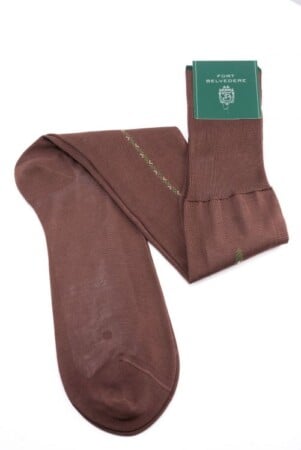
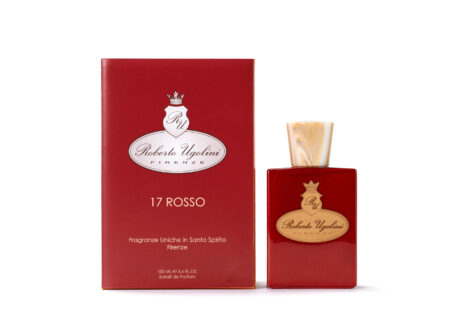
Blood stains, how bad? if you have a big stain on your clothes, brother! you got a bigger worry than the stain, call 911 if you can. Small stain, yes run some cold water over it, then send it to a cleaner.
Personality, I just do the “water treatment” first, but if it’s a old stain? throw the item away, it was probably time for that anyway!
This is the kind of article I would expect from men. Women have been cleaning blood off clothing with cold water and Ivory soap for decades. Too funny.